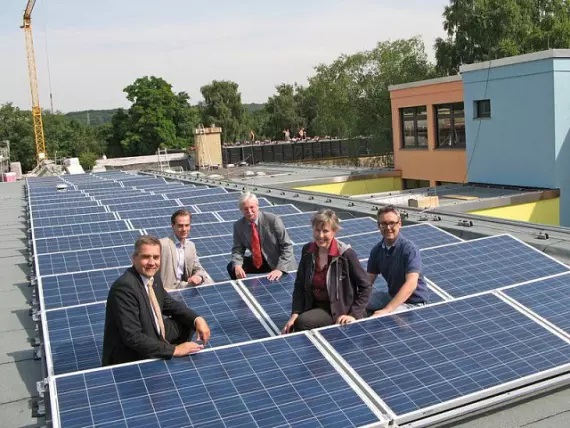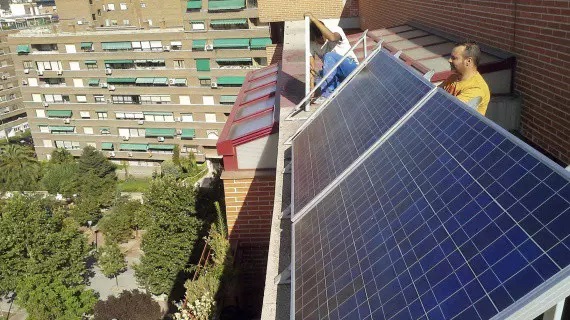To implement local projects in the field of alternative energy, residents, organizations and enterprises are unite in so-called energy cooperatives. Often, energy cooperatives seek independent, from no one dependent on the ecological development of electricity. In other words, it is a kind of civic activity or public participation in processes related to politics, the adoption of laws and decisions of local significance – at the level of regions and communal societies.
In this article, we will consider what the potential of the energy co-operatives in Ukraine is and whether they have a future, or are they only temporary associations, without the chances of success.
In the European Union, there is competition between energy cooperatives and energy corporations
EU residents perfectly understand all the benefits of moving to renewable energy sources. In Europe, not only actively implementing the use of alternative types of energy, but also constantly increasing the pace through the organization of activities in the form of cooperatives. As an example, it is worth looking at the UK, which employs about 5,000 energy cooperatives that use solar and wind energy.
 Energy holdings in Germany in our time feel a serious competition from the energy cooperatives, since the latter produce about 30% of the electric energy due to the use of wind farms. In this regard, the energy package “Clean Energy for All Europeans” in the EU countries limits the right to connect primarily energy cooperatives to the network.
Energy holdings in Germany in our time feel a serious competition from the energy cooperatives, since the latter produce about 30% of the electric energy due to the use of wind farms. In this regard, the energy package “Clean Energy for All Europeans” in the EU countries limits the right to connect primarily energy cooperatives to the network.
In addition, energy cooperatives must first ensure their own needs in the energy carriers that they generate, and the rest is sold in the network according to the “green tariff”.
In the next ten years, the EU sees a temporary energy perspective in the use of energy cooperatives. According to studies conducted by the CE Delft edition: as early as 2030, house management and cooperatives, which are participants in the energy market, will occupy about half of the population of the European Union. In addition, the cooperatives that produce electricity will contribute 20% (today – 9.8%).
Who believes well – he is the winner
In rural areas, especially in isolated villages, where the problem of stable provision of electricity is large enough, energy cooperatives that use the energy of direct and scattered solar radiation (sunlight) have an excellent chance of becoming profitable for village communities.
 In this connection, the production of power generation facilities in rural collective enterprises or the combination of different agricultural producers into energy cooperatives can serve as a push for energy independence in the future.
In this connection, the production of power generation facilities in rural collective enterprises or the combination of different agricultural producers into energy cooperatives can serve as a push for energy independence in the future.
In this case, an excellent solution will be the creation of credit special packages from banking organizations (typical for such projects) for energy cooperatives in agriculture. The calculations referred to above were conduct taking into account Ukrainian loan rates. When attracting more profitable in the financial terms of European money, projects for the development of heat carriers and cogeneration of electricity should pay off within 3 to 4 years.
The climate and the “green” tariff in Ukraine significantly accelerates the payback process and multiplies the income of participants in cooperatives.
It is worth noting that the pioneer in this area on the territory of our country was https://www.kenerg.com. The company is actively working in this direction. The site of the firm contains detailed information with graphs and visual statistics that demonstrate the economic feasibility of the energy cooperative.


